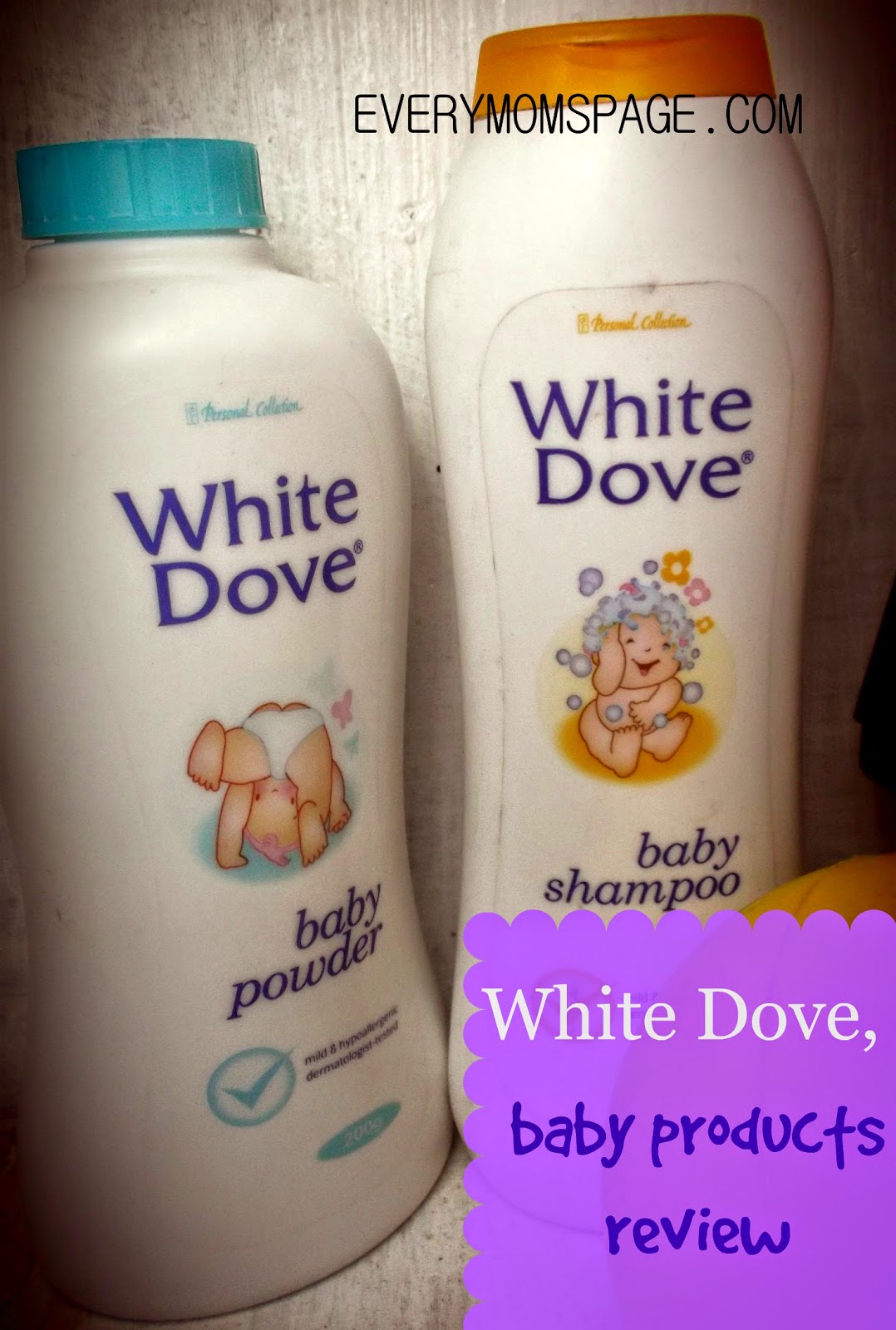DIY Teeth Whitening Remedies: A Frugal Solution or a Dangerous Practice?

It’s trivia time! What do you think is the most popular cosmetic procedure in the United States today?
If you said “breast enhancement” or “Botox” —- BZZZT! Thanks for playing and we have some lovely consolation prizes for you. But if you said teeth whitening, you’re right. In fact, a whopping 80% of Americans between the ages of 18 and 49 say that they would like whiter teeth.
The pursuit of a gleaming white smile has spawned a multi-billion-dollar global industry, as well as a number of do-it-yourself approaches. These DIY teeth whitening methods are certainly much less expensive than a trip to the dentist, but are the effective? Are they safe? Let’s take a look at some of the many ways to get whiter teeth at home!
Activated Charcoal
It might seem a little backwards to make your teeth whiter by applying a black substance to them, but devotees of activated charcoal swear by this beauty hack.
How does it work? They claim that it removes impurities from the teeth, leading to pearlier whites. Unfortunately, charcoal also removes the protective layer of enamel from your teeth over time.
Here’s the thing about dental enamel: it doesn’t grow back like skin or hair. Once it’s gone, it’s gone, and that puts you at risk for tooth decay, sensitivity, and — ironically enough — increased staining and discoloration.
Baking Soda and Lemon Juice
Lemon juice and baking soda are both natural products, so many people believe they are perfectly safe to use for bleaching teeth. After all, baking soda is a common ingredient in many commercial toothpastes.
And as you might recall from your 5th-grade science project volcano, the chemical reaction that occurs when you add acid to baking soda is pretty impressive. All that bubbling and foaming is clearly doing something, so why can’t that something be whitening your teeth?
The acid and sodium bicarbonate mixture will eat away at the stains on your teeth, but just as with activated charcoal, it also eats away at the enamel itself. If you apply it to your teeth using a tray to hold it in place, this solution will irritate your gums. This all-natural tooth whitening method is another one to steer clear of.
Coconut Oil
Unless you’ve been living on a remote tropical island with no wifi for the past few years, you have no doubt read or heard about the many healthful benefits of coconut oil. Proponents of a practice called “oil pulling” — in which they put a spoonful of coconut oil in their mouth and swish it for several minutes — say that it removes toxins from the mouth, promotes a healthy environment in which bacteria isn’t welcoming, and makes the teeth gleam.
It’s true that coconut oil has natural antibacterial properties, and there’s also some evidence that it might help protect your teeth against gingivitis, plaque, and bad breath, there’s no proof that it actually whitens your teeth.
The verdict? If you enjoy having a mouthful of oil for 20 minutes each day, then by all means go for it. But coconut oil pulling is no substitute for brushing and flossing.
Household Bleach
Believe it or not, there are people who are so desperate to lighten their teeth a few shades that they have resorted to using chlorine bleach as a mouthwash, or applied directly to the teeth. Yes, the same stuff you use to clean and disinfect your toilet or restore your white towels and sheets to pristine brightness.
“It ought to go without saying that this is an incredible dangerous process,” warns Dr. Jackie Schafer, a dentist in Broomfield CO. “But please don’t use household bleach on your teeth. It can damage your tooth enamel, harm your gums, and make the rest of your body very sick.”
Your best bet for getting a gorgeous, white smile? Avoid staining drinks like red wine, cola, coffee, and black tea. Eat foods that can give your teeth a little lift in brightness. If you want more of a boost than that, go to the dentist for a professional teeth whitening treatment. It is safer and will likely be much more effective than playing Mad Scientist in your bathroom.


